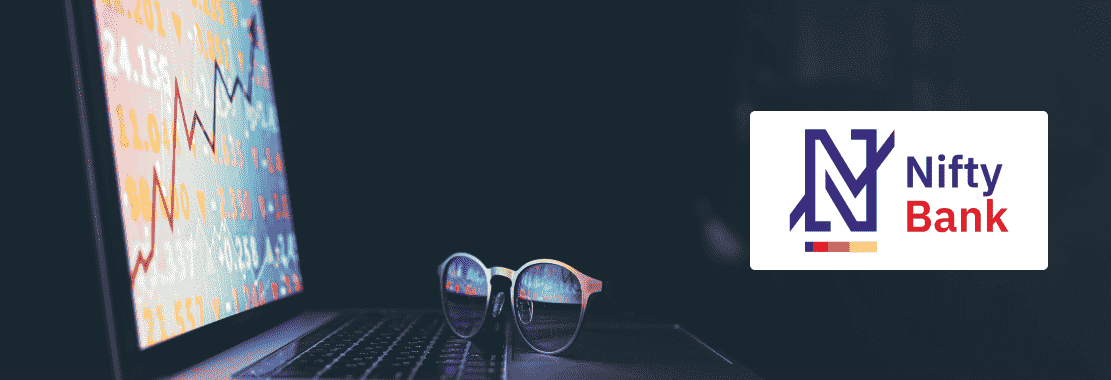What is Bank Nifty and how does it work?
- Answer Field
-
It is an index that comprises the 12 largest and most liquid banking stocks. The value of Bank Nifty changes as the prices of its constituent stocks move up and down. Its value changes regularly on a trading day, which provides important signals to market participants.













